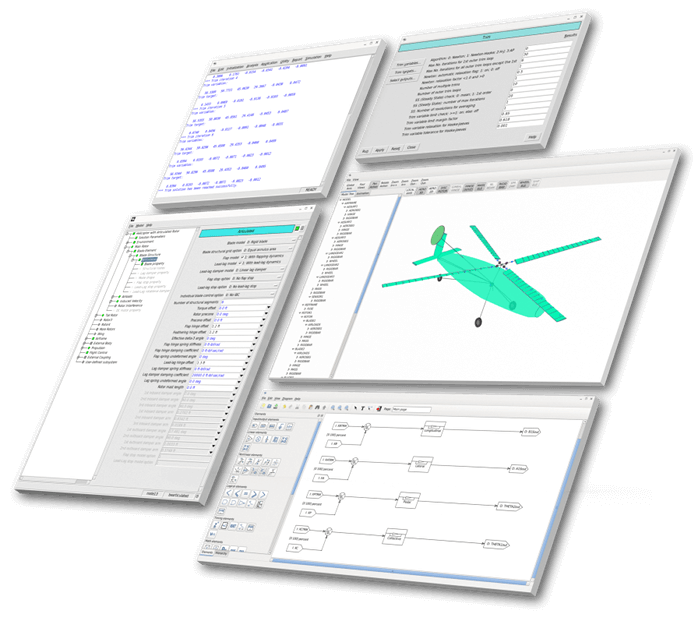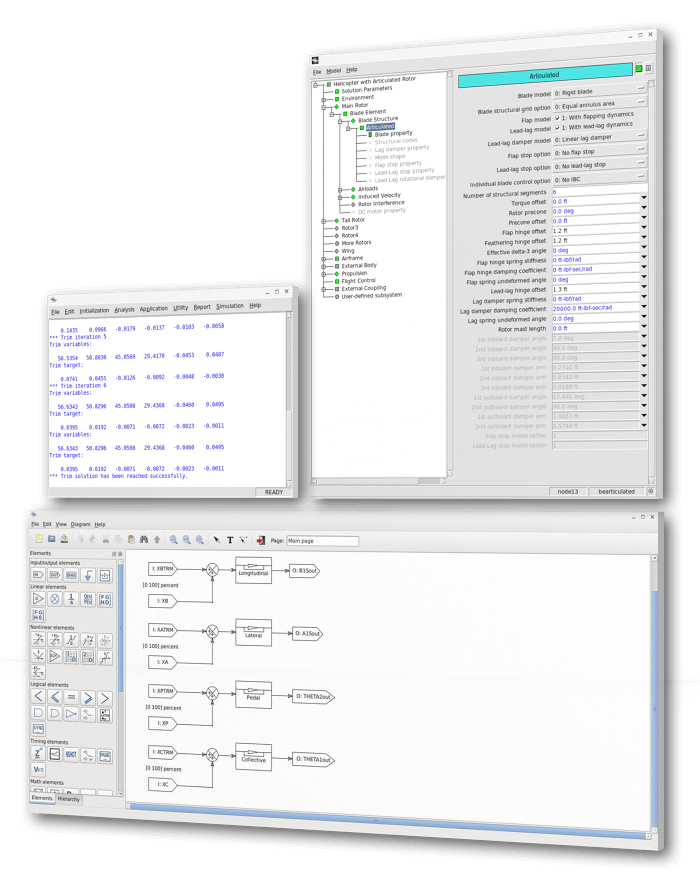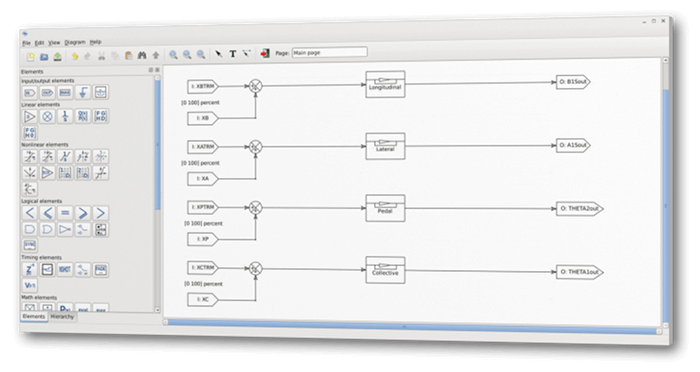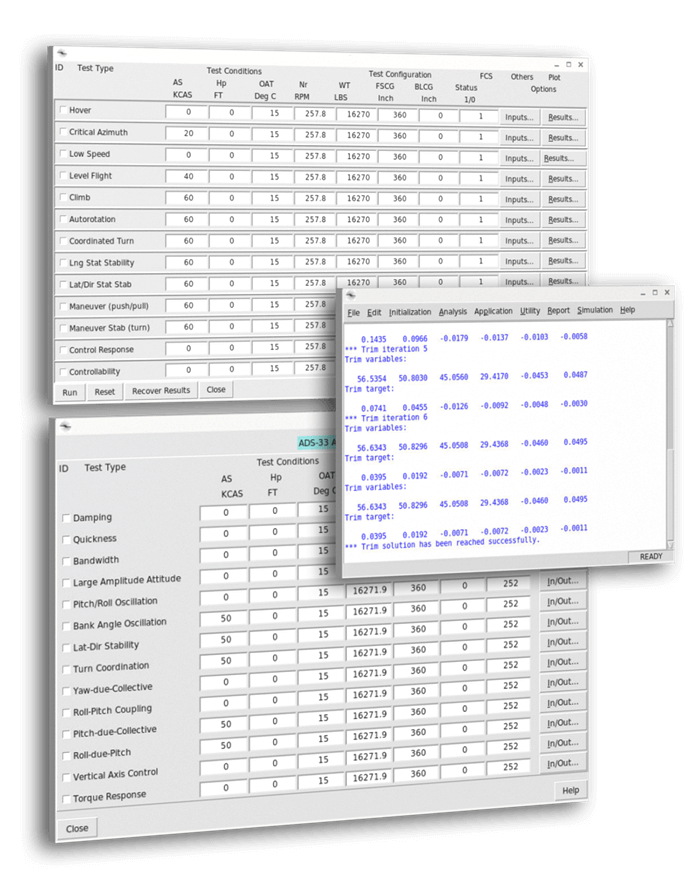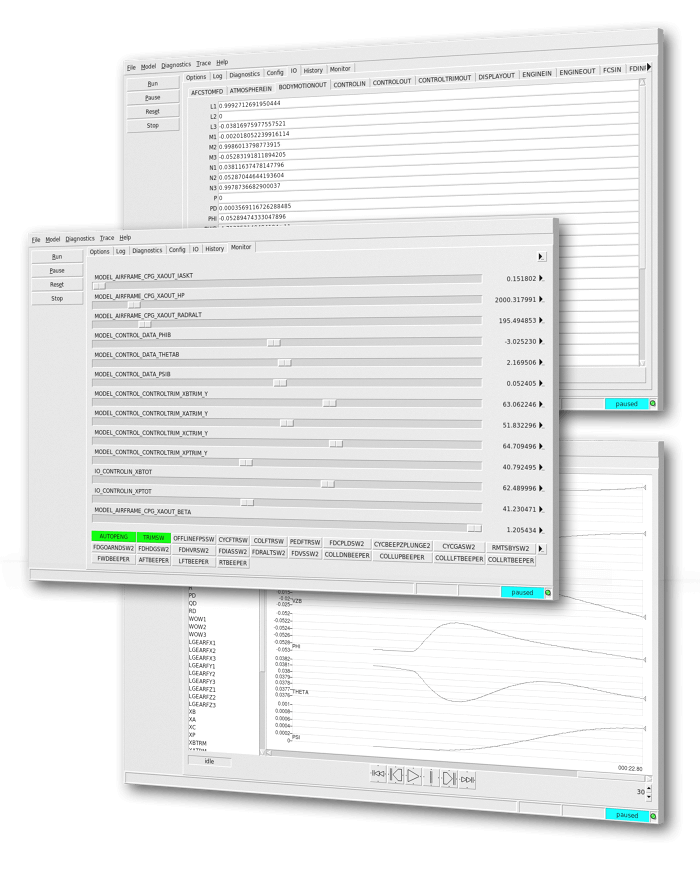Product Overview
FLIGHTLAB is a state-of-the-art, finite element, component-based, selective fidelity modeling and analysis software package. It supports modeling and simulation of rotorcraft, fixed-wing aircraft, compound aircraft, helicopters, multi-copters, drones, flying cars and experimental aircraft configurations.
FLIGHTLAB consists of two products:
As well as a selection of add-ons:
